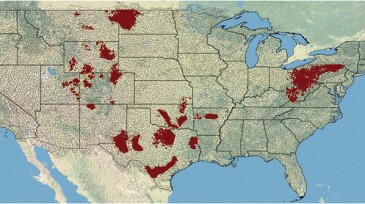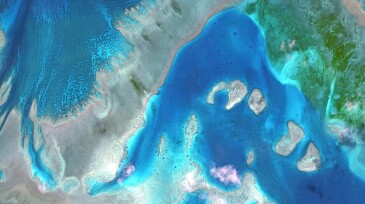DSDE: In Practice
-
This paper describes an artificial intelligence deep Q network for field-development plan optimization.
-
In this paper, the authors describe a model that uses augmented artificial intelligence to optimize well spacing by use of data sculpting, domain and feature engineering, and machine learning.
-
Using a large-sample statistical approach based on publicly available data, the authors of a recent study investigated the potential impact of unconventional oil and gas development on surface water quality.
-
The authors develop a representative geostatistically based 3D model that preserves geological elements and eliminates uncertainty of reservoir properties and volumetric estimates for a Libyan field.
-
Satellites provide an invaluable, bird's-eye view of planet Earth. But how—and how quickly—will the data materialize into meaningful actions?
-
An EU-backed wind foundation design project revealed that predictive digital twin technology can reduce the steel weight and associated costs of offshore foundations.
-
The authors write that even simple deep-learning architectures can identify a leak using pressure data.
-
The authors describe the process of building multiple scenario-based models to optimize development planning in preparation for the upcoming production phase of the Ichthys field offshore Australia.
-
The paper evaluates the effect of different injection methods on oil recovery and CO2 storage potential in a depleted sandstone reservoir in the Norwegian Continental Shelf.
-
Case studies demonstrate how an autonomous outflow-control device prevents growth and excessive fluid injection into thief/fracture zones and maintains a balanced or prescribed injection distribution.
Trending Now on DSDE
Stay Connected
Don't miss out on the latest technology delivered to your email every 2 weeks. Sign up for the DSDE newsletter.














